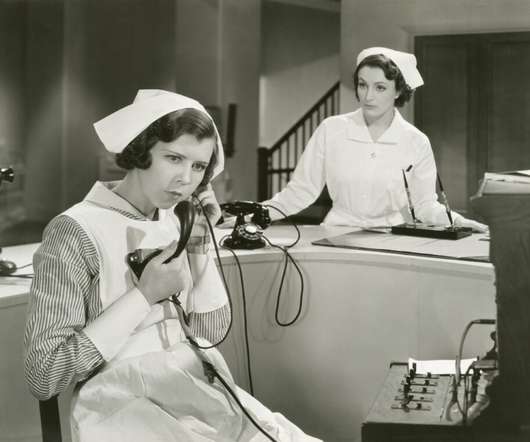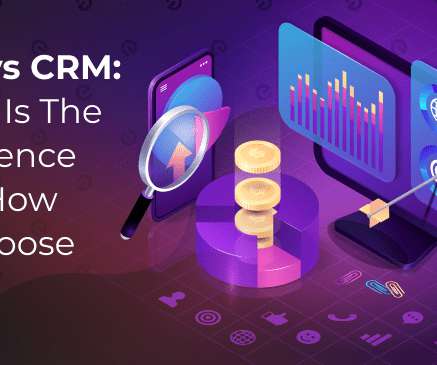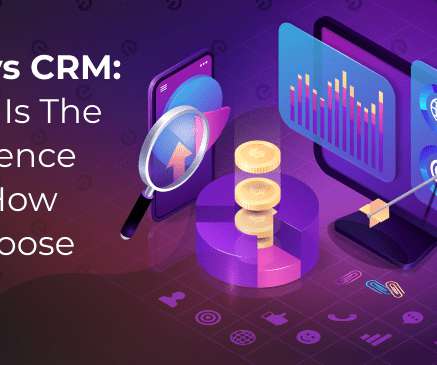The 10 highest-paying industries for IT talent
CIO
JUNE 22, 2023
Every business unit has a stake in the IT services, apps, networks, hardware, and software needed to meet business goals and objectives, and many of them are hiring their own technologists. But you’ll also find demand for quality assurance, DevOps, technical support, and software sales engineers.















Let's personalize your content